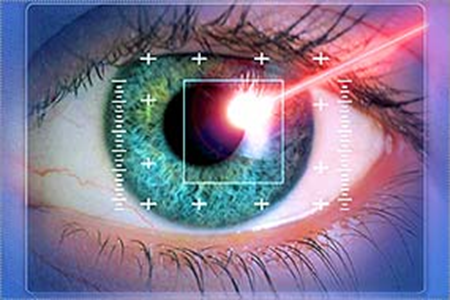
Biometrics on the rise
So much of your biology is unique, in subtle ways: your gait, your fingerprints, your moles, the colour patterns in your eyes and the vein patterns in your hands. Now, researchers around the world are working on computer programs that are able identify people by their unique biological traits. In the future, such "biometric" technologies could help solve crimes, provide early detection for movement-related disorders such as Parkinson's disease, and act as secure and easy-to-remember passwords.
At Tech News Daily, we've covered a few such technologies under development in our on-going exotic biometrics series. Here we'll round those up, as well as other biometric technologies we've covered, for a glimpse into the near and far future of ID. We've learned to ask a few questions of every biometric we run into. One is how unique a biometric really is. Another is if it will stay stable over time. People's heights, weights and faces change as they grow and age, so other biological traits may change, too. After establishing those qualities, every new biometric idea has to run on hardware and software that's affordable and reliable. Different biometrics are at different stages of development. Some biometrics are already in use, such as iris and fingerprint scanning. Others are a few years into the future (automated tattoo recognition), while still others are a decade or more from their prime (eye movement recognition). One way or another, they're irresistible as identification, said Nasir Memon, a computer scientist at the Polytechnic Institute of New York University who works on identifying people by the way they perform swipes on touch screens. "It's there, it's with you," he told Tech News Daily. "There are no secrets you have to carry around in your pocket."
1. Hand it over
After an extensive scam in 2005, the Japanese government demanded a more secure alternative to magnetic-stripe ATM cards. Japanese companies responded with scanners that detect the vein patterns in people's hands. The scanners now appear in 20,000 ATMs in Japan. Learn more >>
2. The fun factor
The very way people perform swipes and pinches on their touch-screen devices is unique, as Tech News Daily found during a visit to a lab where computer scientists are working on turning pinches into passwords. One benefit of using touch-screen gestures instead of passwords? Most people find gestures more fun than trying to type in a long, secure password on a cramped tablet keyboard, said Napa Sae-Bae, a computer science student. Learn more >>
3. I heart biometrics
Could your devices recognize you at a touch? One start-up, Bionym, has developed small sensors that are able to detect people's heartbeats through their fingertips. Bionym's biometrics program then identifies people by the pattern of their heartbeats. The company is now trying to sell the technology. Learn more >>
4. Computer habits
The U.S. Department of Defense is looking for technology that identifies people by the rhythm of their typing or Google terms they search, Tech News Daily reported in January. While those characteristics may be relatively new to mankind, they're still considered biometrics. The Defense Department is hoping to lock intruders out of sensitive computers. Learn more >>
5. Looking sketchy
Credit: pzAxe | Shutterstock.com
Here's a biometric that's still in its earlier stages. The way that people move their eyes across a screen is both unique and detectable using an inexpensive eye scanner, according to research by computer scientist Oleg Komogortsev. Komogortsev's studies could also contribute to future computers that allow users to click on things using only their gaze, he said. Learn more >>
6. Connecting the ink
Credit: Anthony Ricci | Shutterstock.com
Police databases already keep photos of tattoos on the people booked by officers, but a new computer program could help that database work faster. The program automatically matches evidence such as photos and security camera stills to the photos in a database. The matching works for moles, scars and other skin markings, too, the programmers say. Learn more >>
7. The way you walk
This carpet detects the way people walk using a network of fibre-optic cables underneath. Such carpet could help nursing home staff keep track of their elderly residents, whose gait may change before they fall ill, say the carpet's developers. Learn more >>

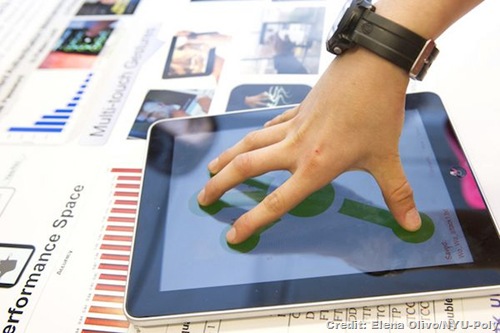
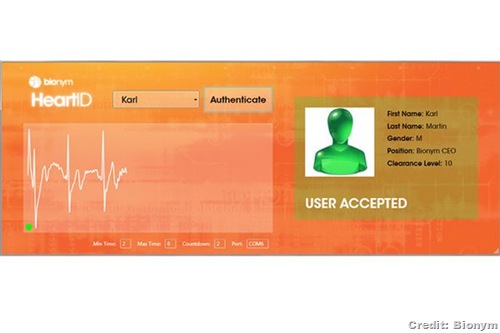

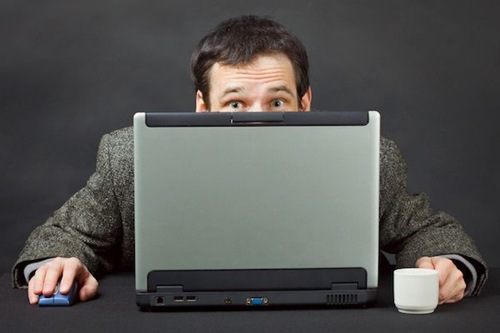
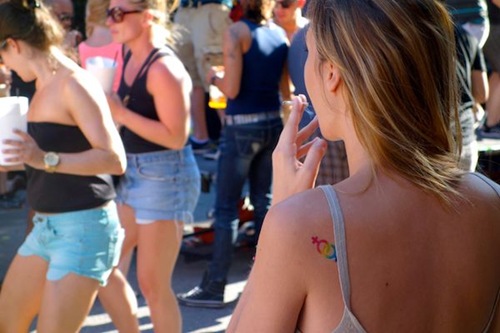

No comments:
Post a Comment
Please adhere to proper blog etiquette when posting your comments. This blog owner will exercise his absolution discretion in allowing or rejecting any comments that are deemed seditious, defamatory, libelous, racist, vulgar, insulting, and other remarks that exhibit similar characteristics. If you insist on using anonymous comments, please write your name or other IDs at the end of your message.